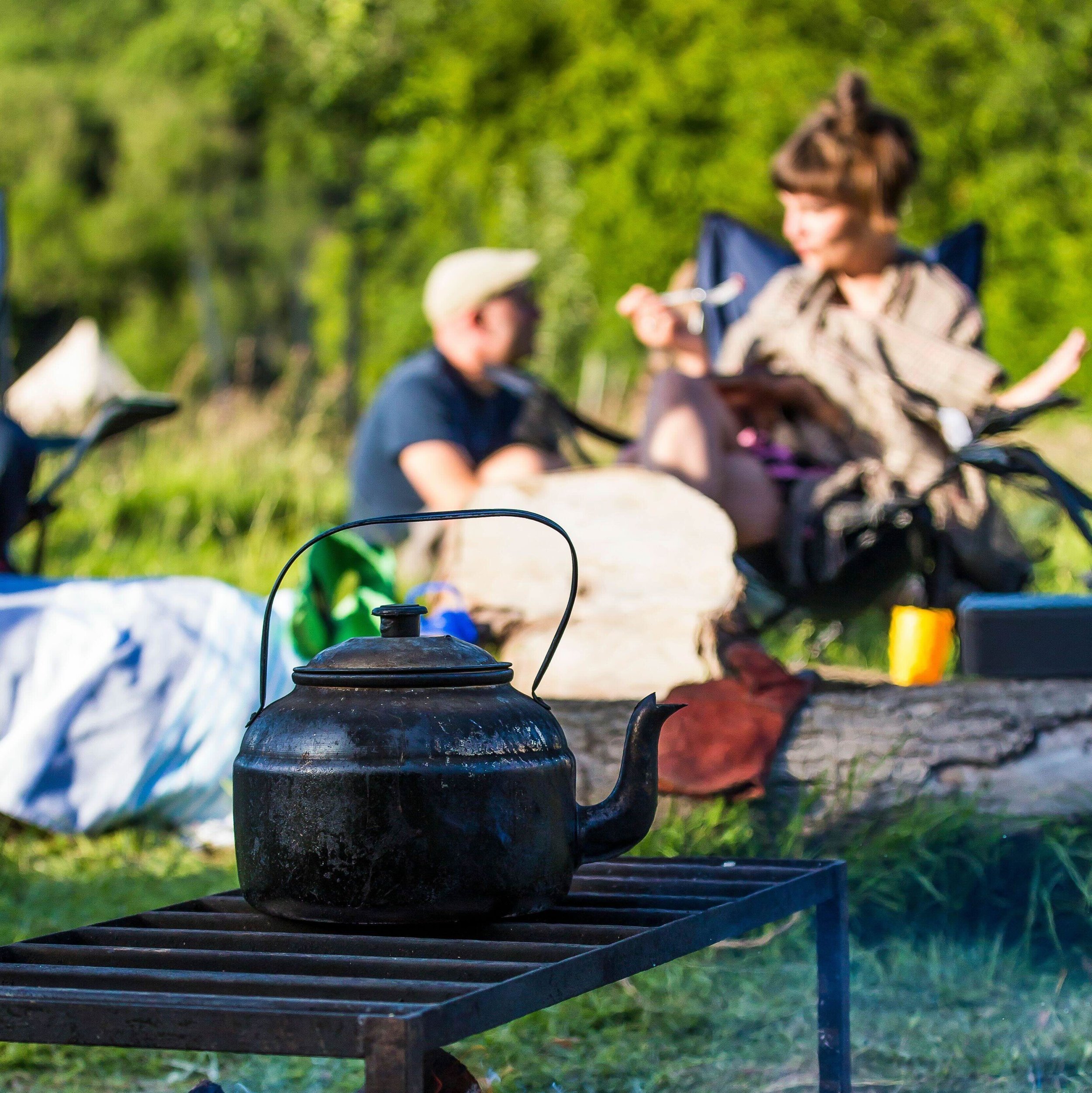We can look at the same stretch of water every day and not see the same thing twice. How is it that bodies of water can change so much so often? Natural navigator Tristan Gooley solves some of the clues on streams and rivers
- What happens to a river after lots of rain depends whether it is ‘flashy’ or not. If surrounded by impervious rocks and soils like clay then rain can go from sky to river in a matter of hours but if the surrounding rock is porous, like chalk or limestone, then it can be months before the water that collects in underground aquifers (natural reservoirs) reaches the river. The clue is in the bridges: those in flashy river country will be higher and have supporting pillars to avoid being swept away by floodwaters.
- Fancy a wild swim but don’t know the river well? Look for waterlillies, which are rooted to the bed; white ones like shallow, very slow and very clear water, so are more common in ponds but if you do see them on a river, you’re looking at pure, relatively undisturbed water no more than two metres deep. Yellow water lilies prefer deeper water (up to five metres) and will tolerate more flow. But neither can handle the turbulence boats create so they mean a river-traffic-free spot for a dip.
- Deciding where to ford a stream or river can be a tricky business. Moss can help as it only grows well on stable rocks not being moved by the water whereas algae can spring up temporarily. The old saying holds true: “a rolling stone gathers no moss”. As well as showing you where to put your feet, moss is less slippery than algae. If you do fall into fast-moving water, point your legs downstream as soon as possible to avoid hitting your head on something.
- One of the loveliest things to see on a riverside walk is a kingfisher. Watch out for a branch or perch overlooking the river with white splashes on it. Kingfishers are territorial birds and once you’ve found its perch it’s just a matter of waiting before you see the bird itself. They are another sign that a river is in fine health.
- If you’re crossing a bridge with small children there will inevitably be a demand to play pooh sticks. Depending on whether you want to let them win or not, take note of the following: look down and you’ll see that water flows faster in the middle of the channel than at the sides where there is more friction. So the best tactic is to throw your stick as close to the middle as possible.
Tristan’s latest book is How To Read Water: Clues, signs and patterns from puddle to the sea (Sceptre)
Read more from the July issue:








